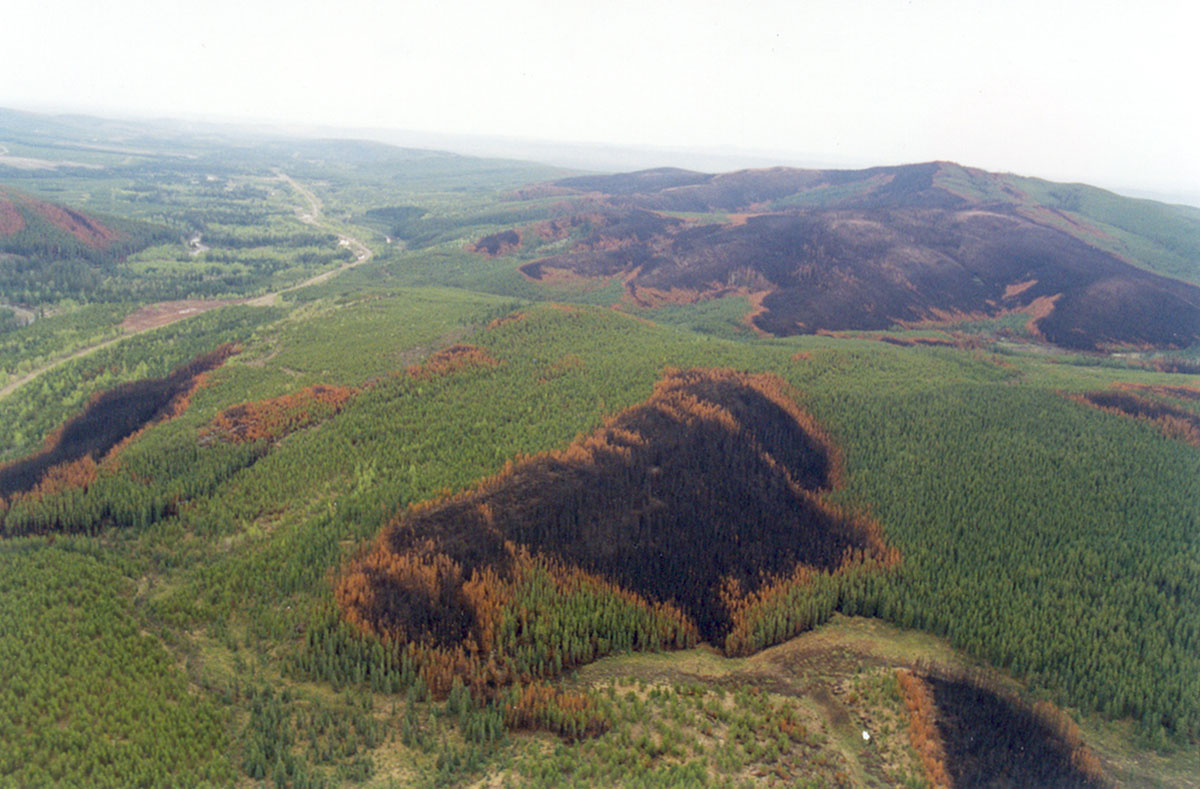
Abstract
Most regulatory and certification agencies in Canada now require forest management plans to include some level of historical fire pattern approximation. As a result, sustainable forest management and enhancements to existing fire management policies and practices require a thorough understanding of the spatial fire patterns created and maintained by fire as well as the environmental conditions when they occur. To date, however, no boreal fire pattern study has examined relationships between the spatial arrangement of fire patterns, including vegetation remnants, and its main environmental top-down and bottom-up controls, based on a large number of fire events across large areas of the Canadian boreal forest. In this study, we leverage a recent, comprehensive, Landsat-derived fire pattern dataset that includes information on fire vegetation remnants for the Canadian boreal plains ecozone, covering 507 fires and 2.5 Mha, to characterize the predictability of six fire pattern metrics. We then compare these metrics to multiple top-down (monthly climate) and bottom-up (topography, fuels, natural barriers, and disturbance history) controls on fire behavior. To do so, we first reduced the fire pattern metrics to three principal components and used a random forest modeling approach to better understand the main environmental explanatory controls. Across this large number of fires, we identified three dimensions of fire patterns: compactness, or the complexity of the perimeter; patchiness, or the spatial heterogeneity in the burned patches; and residualness, or the amount of fire vegetation remnants within the burned patches. We found that patchiness was mostly conditioned by the land cover through variables characterizing the type and connectedness of the fuels; however, summer and spring drought were locally important. Compactness responded to a combination of the disturbance history, land cover, and summer drought. The presence of water resulted in less compact fires. Residualness was a function of the disturbance history, topography, and land cover. Fires in lower elevations presented the most variable patterns, in response to changes in the amount and types of fuel. This research offers an enhanced understanding of the hierarchical interactions between resulting fire patterns and environmental conditions that are critical to support management decisions.
Read the full paper here.
Citation
San Miguel, I, N.C. Coops, R.D. Chavardes, D.W. Andison, and P.D. Pickell. 2020. What controls fire spatial patterns? Predictability of fire characteristics in the Canadian boreal plains ecozone. Ecosphere. 11(1):e02985. DOI: 10.1002/ecs2.2985.






